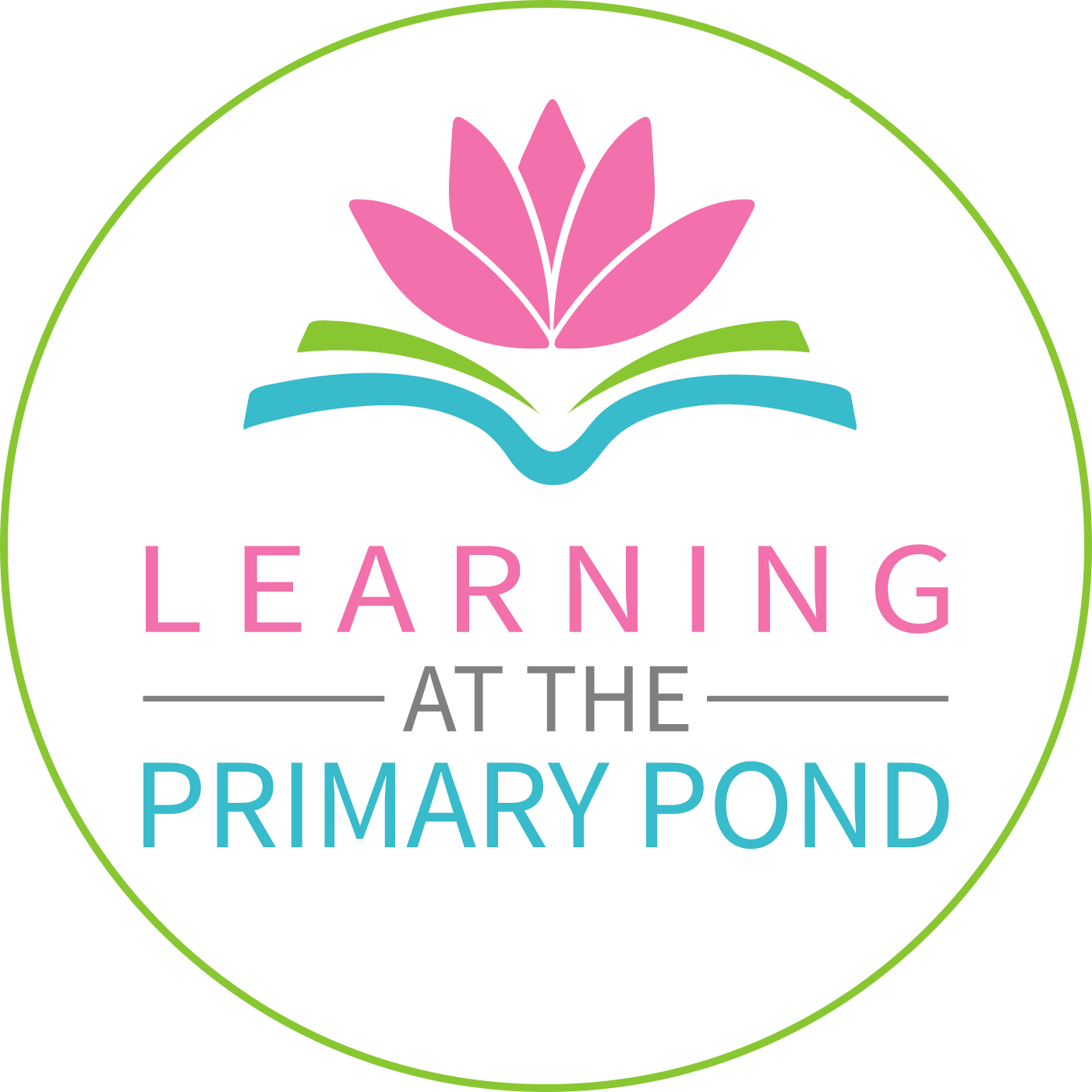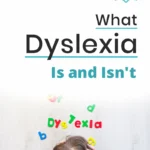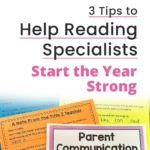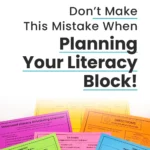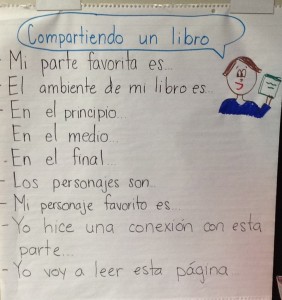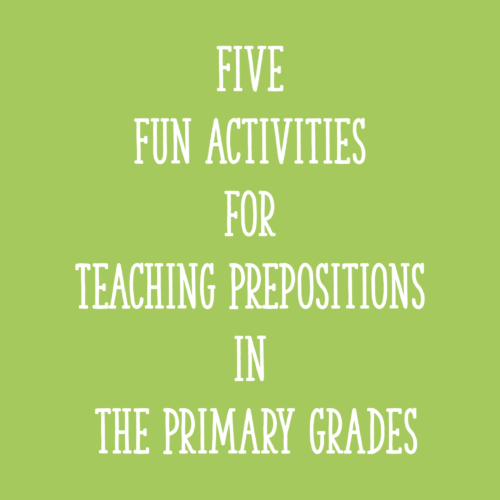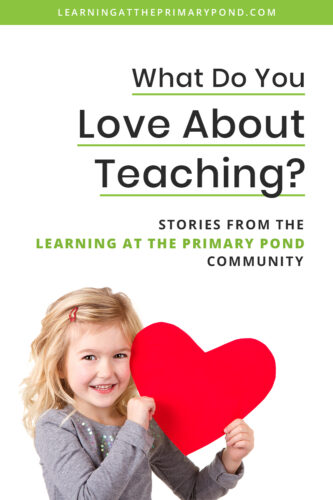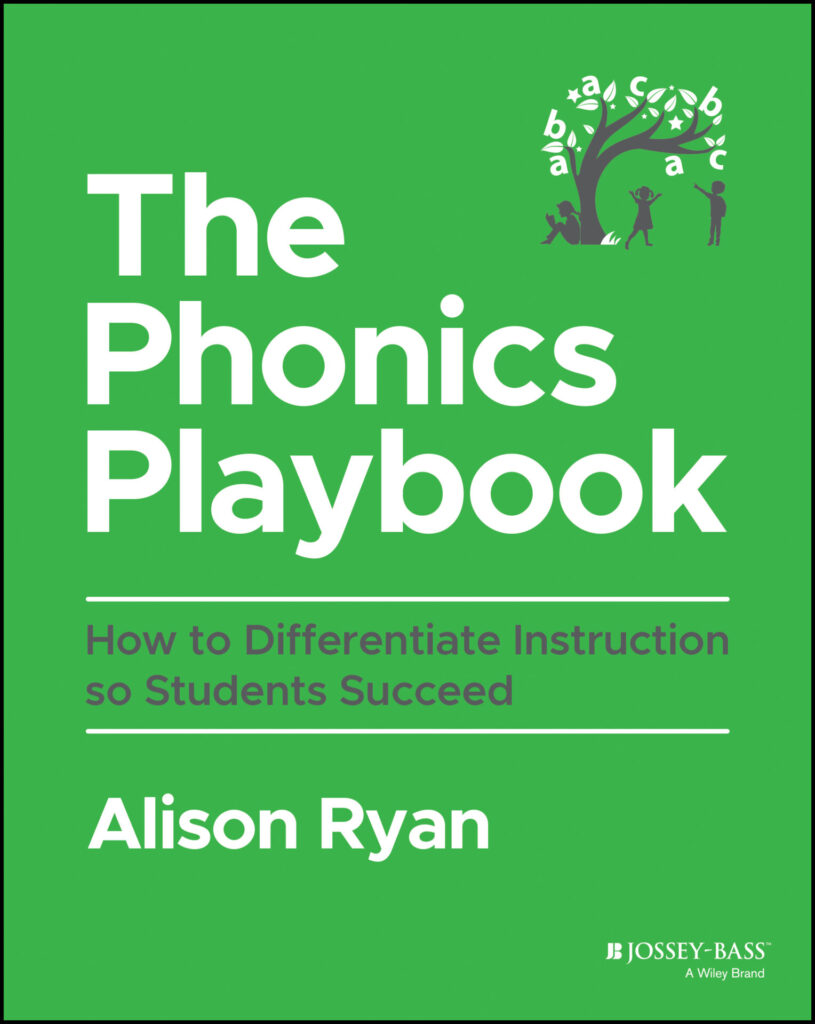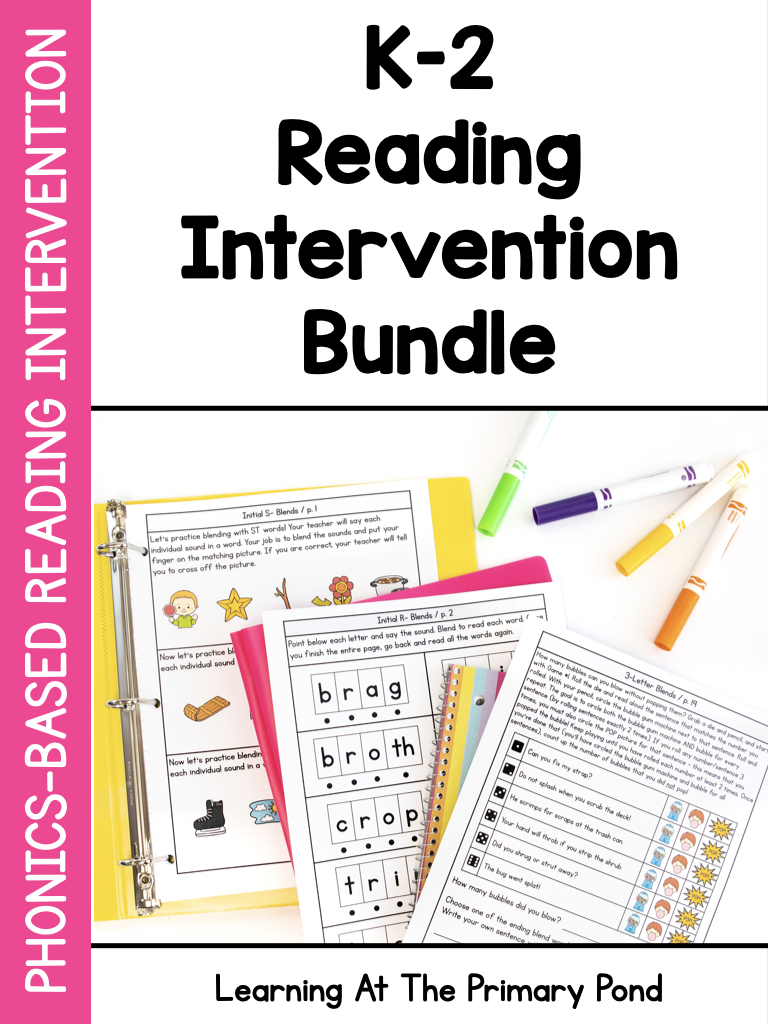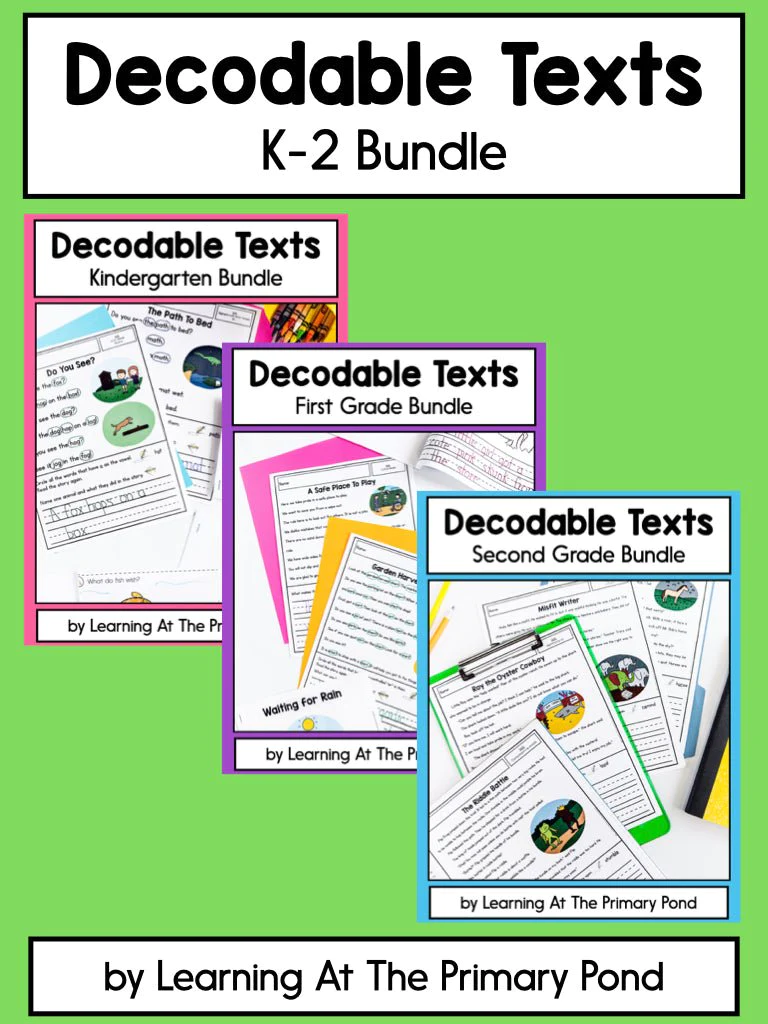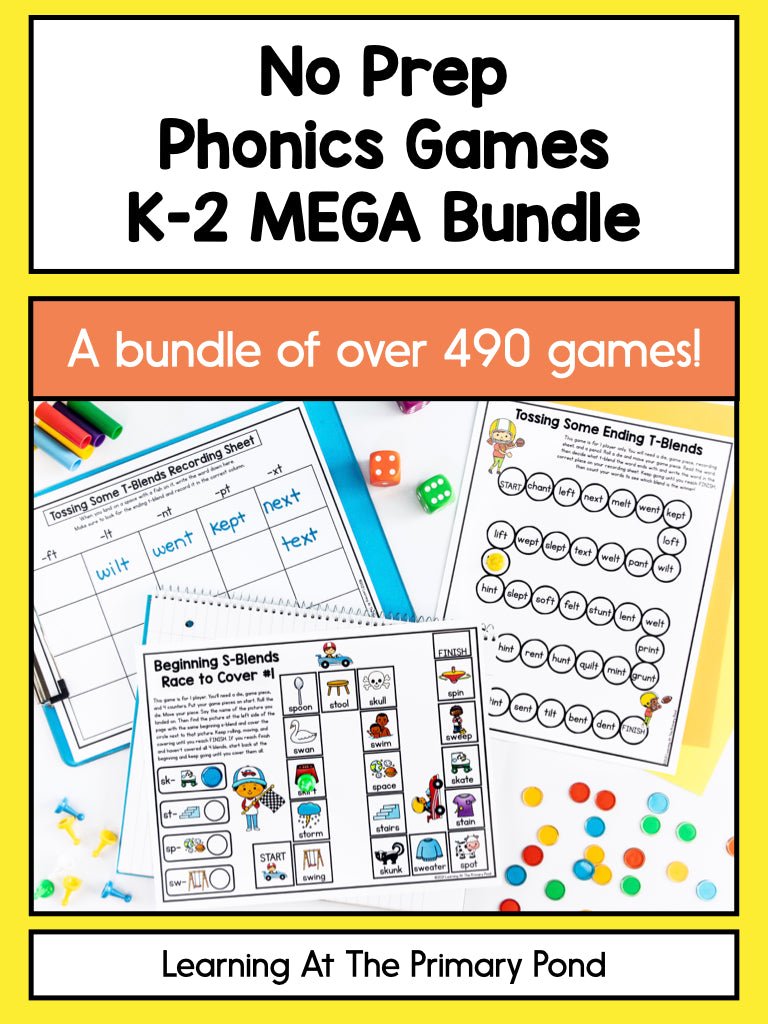Dyslexia is believed to be the most common learning disability. It’s believed that between 15% – 20% of the population has dyslexia – which means that many elementary school students have it. Many are undiagnosed. But what is dyslexia, and what does dyslexia look like in Kindergarten through 5th grade students? In this blog post, I’ll explain what dyslexia is and list out the most common signs of dyslexia you might notice in elementary school children.
If you’d like a dyslexia fact sheet to download and keep, you can grab one for FREE at this link!
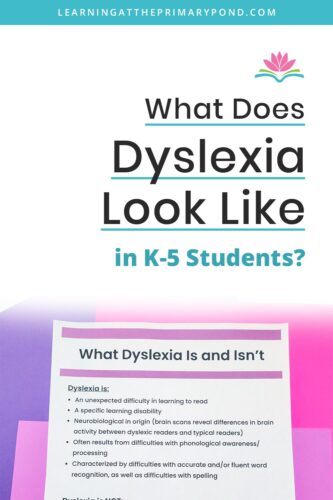
What Is Dyslexia?
At the time that I’m writing this, the International Dyslexia Association (IDA) defines dyslexia as a “specific learning disability that is neurobiological in origin.”
To break this down further:
- A specific learning disability = an impairment or disorder that affects learning ability in one or more subject areas (in the case of dyslexia, it’s a language based disorder)
- Neurobiological in origin = originating from factors within the individual’s brain, pertaining to one’s “wired in” aptitude for language and reading
Based on what we currently know from brain research, dyslexia is present from birth.
Throughout this article, you may notice that I say “students with dyslexia” and “dyslexic students.” At the time that I’m writing this, there is no one universally “correct” way of expressing this. Some people are strong supporters of person-first language (“students with dyslexia”), while many people are not (including some dyslexic people and others with learning difficulties).
What Is Dyslexia NOT?
There are many misconceptions out there about dyslexia. Some of them are outdated perceptions that have been replaced with new, research-based understandings.
Dyslexia is not:
- Related to intelligence – people with varying IQs have dyslexia
- The result of poor instruction or poor motivation – a lack of proper instruction or motivation cannot cause dyslexia (poor instruction can, of course, negatively impact a dyslexic student’s reading ability – but it is not the root cause)
- A visual problem – reading letters or words backwards does not mean that a student has dyslexia (although many students with dyslexia often do struggle with letter reversals)
- The same in all individuals – there are varying degrees of dyslexia, and different ways that it manifests in different people
- Something that goes away – dyslexia can be treated but not “cured”
What Does Dyslexia Look Like In Elementary School Students?
Dyslexia symptoms may vary from person to person. However, certain common symptoms of dyslexia in school age children tend to stand out at different grade levels.
Please note: this blog post cannot diagnose a child with dyslexia. A diagnosis requires a comprehensive evaluation of the specific student’s abilities.
Signs of Dyslexia in Kindergarten
In the United States, children in Kindergarten are typically taught phonological awareness skills, the alphabet, and CVC words as they learn to read.
Kindergarten students who have dyslexia may:
- Have a hard time remembering the letter sounds / letter names
- Struggle to learn new words (e.g. the simple high frequency words Kindergarteners are taught)
- Have trouble learning to decode simple words
- Struggle to spell words phonetically (even when they have been taught the sounds for certain letters, they may struggle to use those letters to spell words)
Problems with phonological processing / phonemic awareness are believed to play a role in dyslexia. Being able to work with speech sounds (the sounds in words) is essential to learning to read and write, so a weakness in this area can significantly impact literacy skills.
In Kindergarten (as in all grade levels), dyslexia may also impact speech. Children with dyslexia may sometimes say the wrong word (e.g. “tornado” instead of “volcano”) or struggle to find the right words.
If you’re an educator and a parent mentions to you that their child had delayed speech development (as a toddler or preschooler), this is one of the early symptoms of dyslexia to watch out for.
Signs of Dyslexia in First Grade
First grade is a big year in learning to read! However, it can be an especially challenging year for a child with dyslexia, as they struggle to master a skill that many of their classmates find easy.
Many children with dyslexia do learn some reading skills in first grade, but it takes longer for them to master these skills. Their phonological processing / phonemic awareness weakness impacts their ability to learn phonics skills, decode words, and spell words.
Even when a child with dyslexia masters a certain phonics skill, they may still decode words with this skill very slowly. They lack fluency, and they tend to sound out the same words over and over again. Reading takes a lot of effort for children with dyslexia (at any grade).
Signs of Dyslexia in Second Grade and Up
Children in second grade and up often struggle with many of the same issues as dyslexic students in Kindergarten and first grade.
However, they’re now asked to read even more difficult texts. These texts include long words (multisyllabic words) and contain more complex ideas and information.
Children with dyslexia in these grades may:
- Have continued difficulties with reading, spelling, and writing
- Struggle to decode words that are new to them
- Read slowly and disfluently
- Misread common, familiar words (like high frequency words, sometimes called sight words) that they have seen and practiced many times
Sometimes, especially in these grades, dyslexia can masquerade as a reading comprehension problem. Dyslexic students may appear to have a reading comprehension problem, but…
What’s really going on is that they are struggling to decode and/or struggling with fluency. Because their working memory is “busy” trying to figure out the words of the text and their fluency is poor, their attention isn’t freed up to focus on comprehending the text. And if dyslexic children are reading many words of the text incorrectly, that will also negatively impact their comprehension.
What To Do If You Suspect Dyslexia
First, don’t panic. Dyslexia affects many, many people, including people like Richard Branson! Again, dyslexia is not at all related to intelligence.
Even though you don’t want to panic, you DO want to take action immediately. The faster you can get a child help, the more likely it is that they will be able to catch up and manage their dyslexia.
Here are some suggested next steps to take, whether you’re an educator or a parent:
For Educators
Every school should have a universal screener (e.g. AIMSWeb) that can “flag” children who have reading problems or are at risk of having reading problems. This is a best practice that will help kids get the support they need.
Even if your school does not have a universal screener, or you don’t feel that the results accurately reflect the struggles that a child is having – you should still take action.
What this action looks like will vary from school to school. You may need to initiate classroom interventions, consult an RTI or MTSS team, or begin some kind of documentation.
Whatever the case may be, please trust yourself enough to take this action. Looking more closely at a child’s reading abilities (and providing appropriate intervention) doesn’t hurt a child. What DOES hurt a child is not receiving the learning support that they need in order to become a successful reader.
Download this free dyslexia fact sheet, too.
If you’re a Kindergarten through 5th grade teacher, reading specialist, or other professional who wants to learn more about dyslexia and other reading difficulties, check out The Reading Intervention Collaborative here.
For Parents
If you’re a parent and suspect your child has dyslexia, take action immediately. It never hurts to ask questions or get your child extra help.
Putting off getting help or waiting and hoping that the situation will improve is not a good idea. The longer you wait, the harder it will be for your child to catch up.
Plus, when a child struggles, it can impact them emotionally, too. They may start to feel “different” from their peers who are stronger in reading. But when they get help, there’s a greater chance that they can close that gap and experience success!
Early assessment (and intervention, if needed) are key to your child’s school success and overall wellbeing!
If you’re concerned, talk to your child’s teacher and your child’s school and start asking questions like:
- Is my child reading at grade level? What tests have you done to determine this?
- Do you have a dyslexia screener? How did my child perform on this test?
- Do you have any concerns about my child’s reading abilities?
In the United States, parents have the right to request an evaluation at their child’s public school. Many schools will not provide a dyslexia diagnosis, but test results may show that your child qualifies for extra help in reading due to a learning disability / learning difficulty. (Tests simply provide information; you make the ultimate decision about whether or not your child receives that help from the school.)
If you homeschool or your child attends a private school, you still have a right to request an evaluation at the public school that they’re zoned for.
In some cases, you may need to push and make repeated requests for an evaluation. Always include your requests in writing (e.g. an email), so that your requests can be documented. Of course, it’s always fine to follow up with phone calls or in-person meetings, too.
Having worked in public, charter, and private schools, I know that while nearly all educators want to help kids, sometimes external circumstances and resource limitations get in the way.
This is why the most important thing is that, as a parent, you take responsibility for your child’s education. Schools and educators can be your best allies, but your child needs you to be their #1 advocate and support.
The good news is that since you found us at Learning At The Primary Pond, you have resources! You can start by downloading this free dyslexia fact sheet.
And if you’re interested in working with your child to get them up to speed in reading (whether or not they have dyslexia), check out our Rising Readers program. It was created by me, a reading specialist, and has helped tons of parents get their kids reading on grade level.
